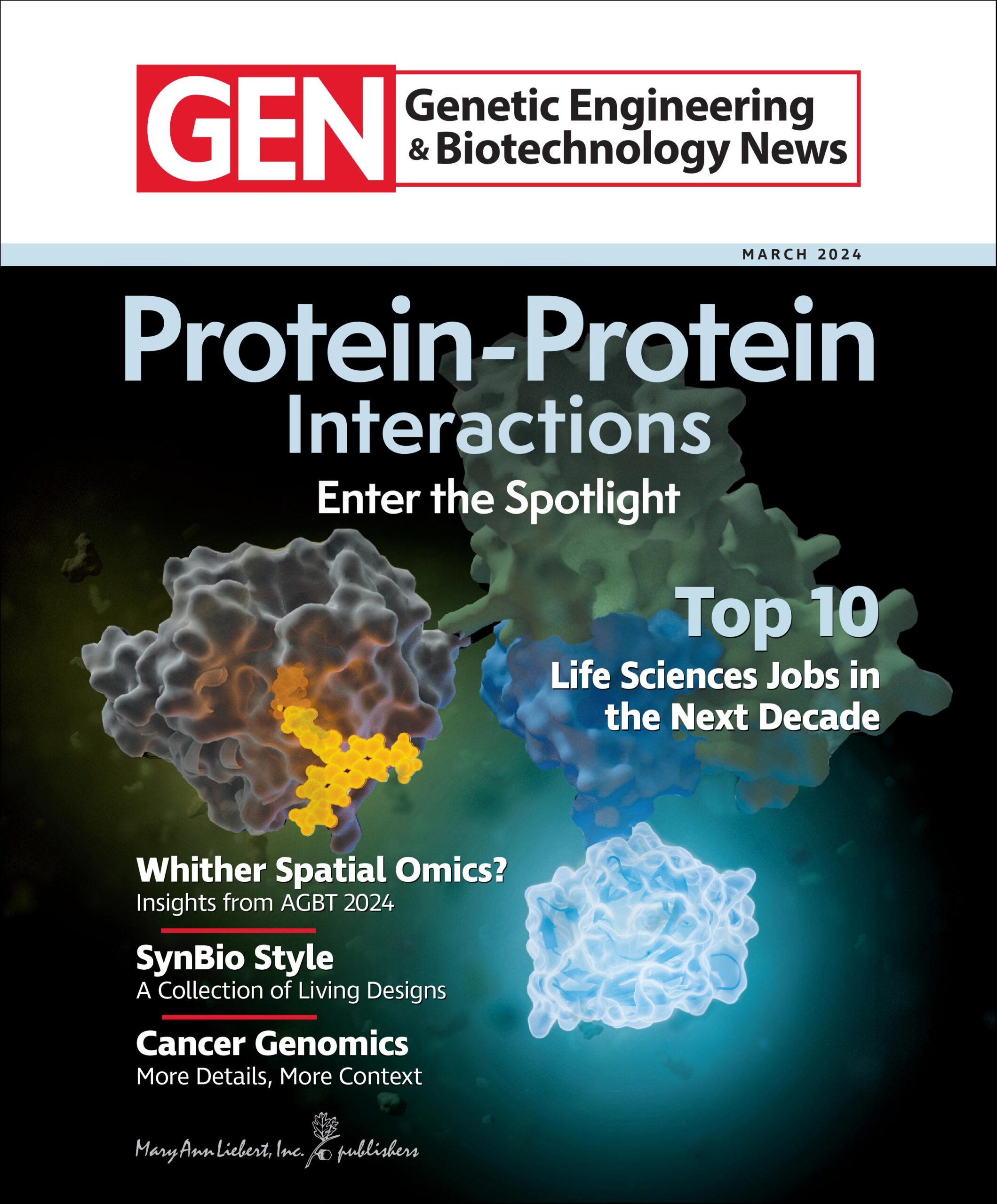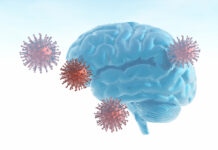Featured
Featured Videos
A Video Update from Day Two of the AACR Meeting
AACR 2024: A Video Update from San Diego

Dancers look insane if you cannot hear the music. And yet the dancers we know as biomolecules usually get the benefit of the doubt, even if the steps they take, the ensembles they join, and the tempos they keep follow a logic that we cannot quite grasp. Usually, biomolecules perform as they should, sustaining our health, our very lives. Sometimes, however, biomolecules disturb life’s delicate choreography, giving rise to disease. To discover how this might happen—and devise remedies—we can take a close look at protein-protein interactions. Several ways of doing so are suggested by this month’s cover story. Other stories in this issue could benefit from dance metaphors. For example, we see how bioconjugates may consist of unusual partners, how spatial omics may suffer if the scientific dance becomes a legal dance, and how the music of the market energizes or depresses scientific careers. And we can see that cancer genomics and synthetic biology are getting ready to break some moves, too.




























